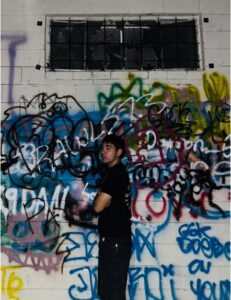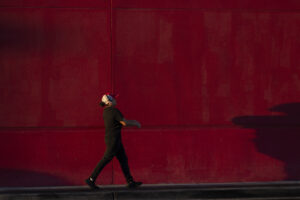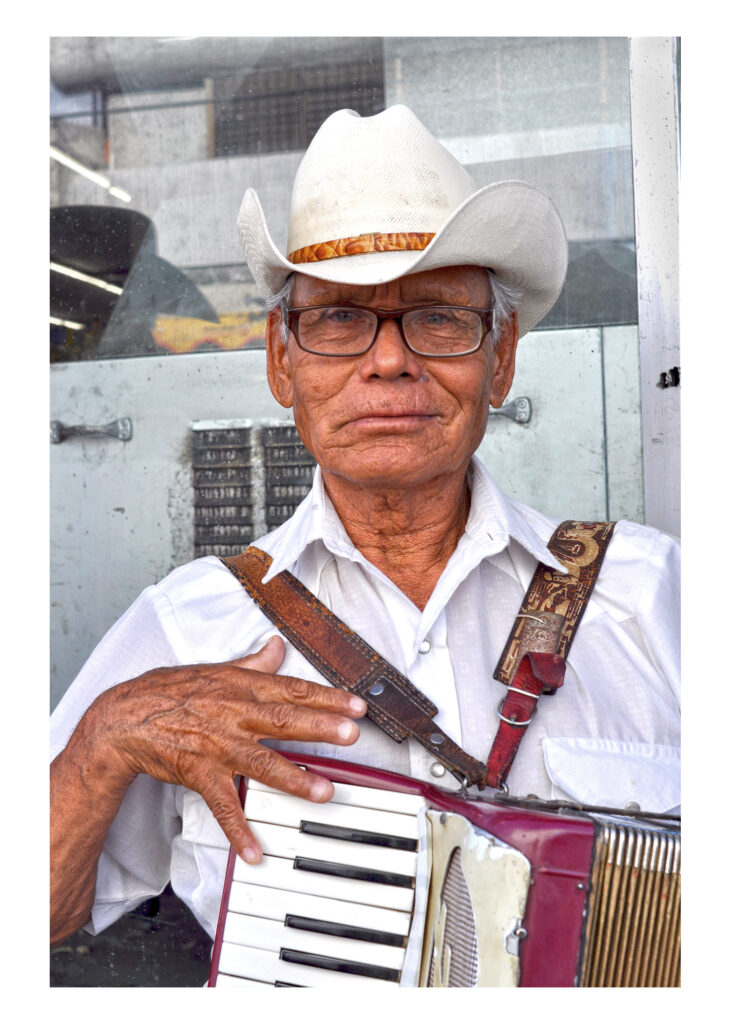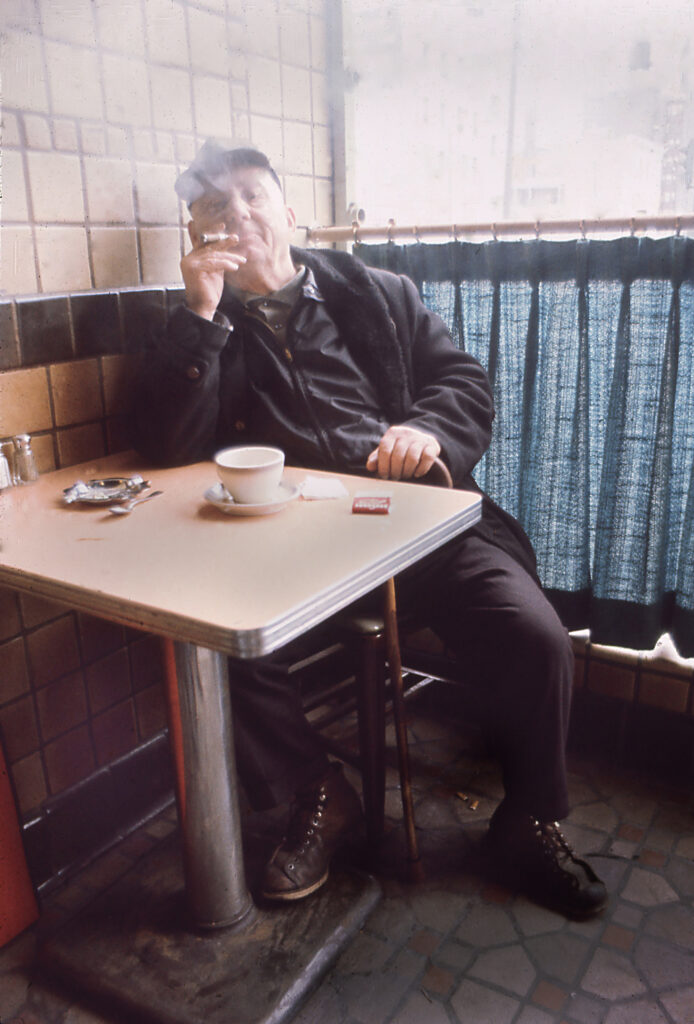WHAT IS DOCUMENTARY PHOTOGRAPHY?
Documentary photography is a genre of photography where the main goal is to preserve the subject as authentically as it can be seen with our own eyes. The subjects of these photographs can be mundane, everyday things or extraordinary, once-in-a-lifetime events. As long as the subject is being documented in a way that is true to its original form, then it can be considered documentary photography.
This genre of photography has been around since the middle of the nineteenth century. “Some of the earliest examples of documentary photography can be seen in the work of British photographer Philip Delamotte, who recorded the disassembly of Crystal Palace in 1852, and the American Matthew Brady, who documented the American Civil War in 1861.” (National Galleries, 2024) A big reason why documentary photography is so important is because it allows people to gain a better understanding of cultures, events, and people that they would not otherwise be offered.
Many documentary photographers such as Robert Capa and Don McCullin risked their lives to give people a glimpse into what war truly was, which was an experience that most people could not even fathom. Alternatively, photographers like Jacob Riis and Dorothea Lange used their photographs to highlight conditions that some people were unfortunate enough to experience and share those conditions with audiences that were privileged enough to not worry about it. Some of the most important and widely recognized pieces of documentary photography are works such as Lunch Atop a Skyscraper by Charles C. Ebbets, V-J Day in Times Square by Alfred Eisenstaedt, and A Man on the Moon by Neil Armstrong.
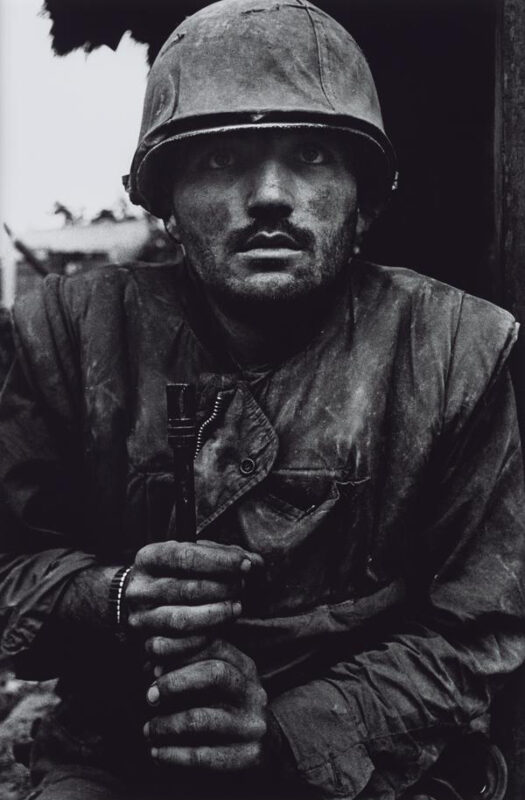
Shell-shocked US Marine, The Battle of Hue, Don McCullin, 1968
The Farm Security Administration was a New Deal introduced in 1937 in response to rural poverty during the time of the Great Depression. This program was designed to help farmers who were struggling because of the economy and provide them with some form of relief. In 1935, the Roosevelt Administration tasked the Historical Division of the Farm Security Administration with “interviewing and photographing people and scenes throughout a wide span of the nation as a way of documenting evidence of the impact of the Great Depression, Dust Bowl, and new farm technology on American farmers, rural life, and the American landscape.” (The Kennedy Center, 2019)
Documerica was a photography program sponsored by the United States Environmental Protection Agency to document the destruction of the environment as it was happening in real time across the nation. Gifford Hampshire was the project director for Documerica, but many other photographers contributed to the large-scale project. Over 80,000 photographs were submitted to Hampshire while the project was taking place. These photographs highlighted the lives of working-class people while simultaneously highlighting the environmental issues that America was facing nationwide.
Lewis Hine was an American sociologist and photographer. He was born in Wisconsin in 1874. His first notable project as a photographer involved the immigrants living on Ellis Island in New York. He documented their lives and living conditions, bringing awareness to the truth of their situation. After his Ellis Island project, he moved his focus to documenting the vast amount of child labor all across the eastern side of the United States. His photographs and interviews with the children were ultimately the reason that child labor laws were put into place because of the attention his work received.
An important documentary photographer in the 1920s was August Sanders. His work spanned into the 1930s, but some of his most iconic photos were taken in the 20s. He published his photo titled Matter in 1925 which was featured in the collection The Last People. This collection focused on the elderly and disabled. Matter depicts an elderly woman lying peacefully on her deathbed. He also published The Painter’s Wife and Bricklayer during this time, which are both important pieces in the history of documentary photography.
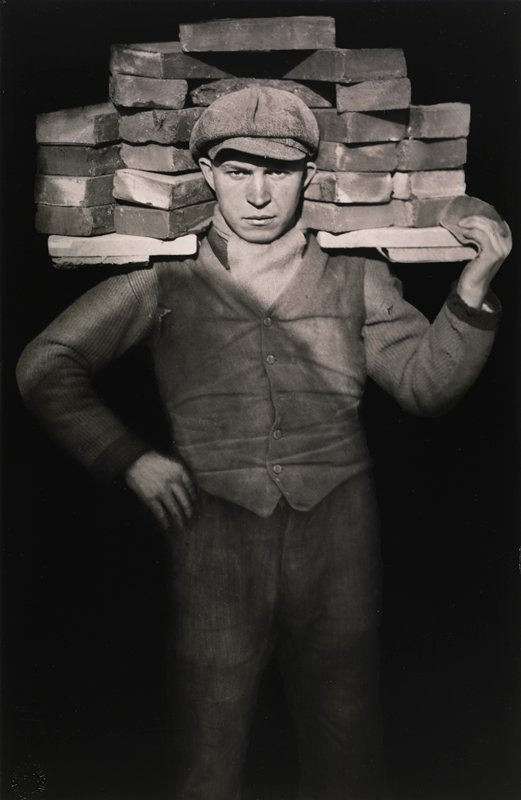
Bricklayer, August Sander, 1928
Dorothea Lange was an important photographer whose work in the 1930s has had a lasting impact on society today. Lange took part in the Farm Security Administration project and produced many photographs documenting the hardships these farmers were facing during the Great Depression, including Migrant Mother. She was also an activist who was staunchly against racism and documented the lives of black people in the South, with a notable photo being Plantation overseer and his field hands.
Helen Levitt played a key role in street photography in the 1940s. She started her career in the 1930s documenting the streets of New York as she walked them, and her work continued into the next decade. Her work allowed people to gain an understanding of what life was like in New York City where she took photos of people in their communities, creating a sense of livelihood and place.
In the 1950s, Robert Frank documented the lives of ordinary American people. He traveled across the United States, capturing moments that encapsulated the post-war environment that Americans were living in. One of his most iconic photos is Trolley. Some of his notable photos of this period were taken in New York, New Orleans, and New Mexico. He released his book, The Americans, in 1959 which showcased the dirty reality of the United States after the war from an outside perspective.
Nan Goldin was a very important photographer who started in the 1970s. She was an activist and her work focused on LGBTQ+ individuals and communities, the opioid epidemic, and personal intimacy. Her work allowed people on the outside of these communities to gain a better understanding of those within. Some of her famous works include Nan and Brian in Bed and Misty and Jimmy-Paulette in a taxi.
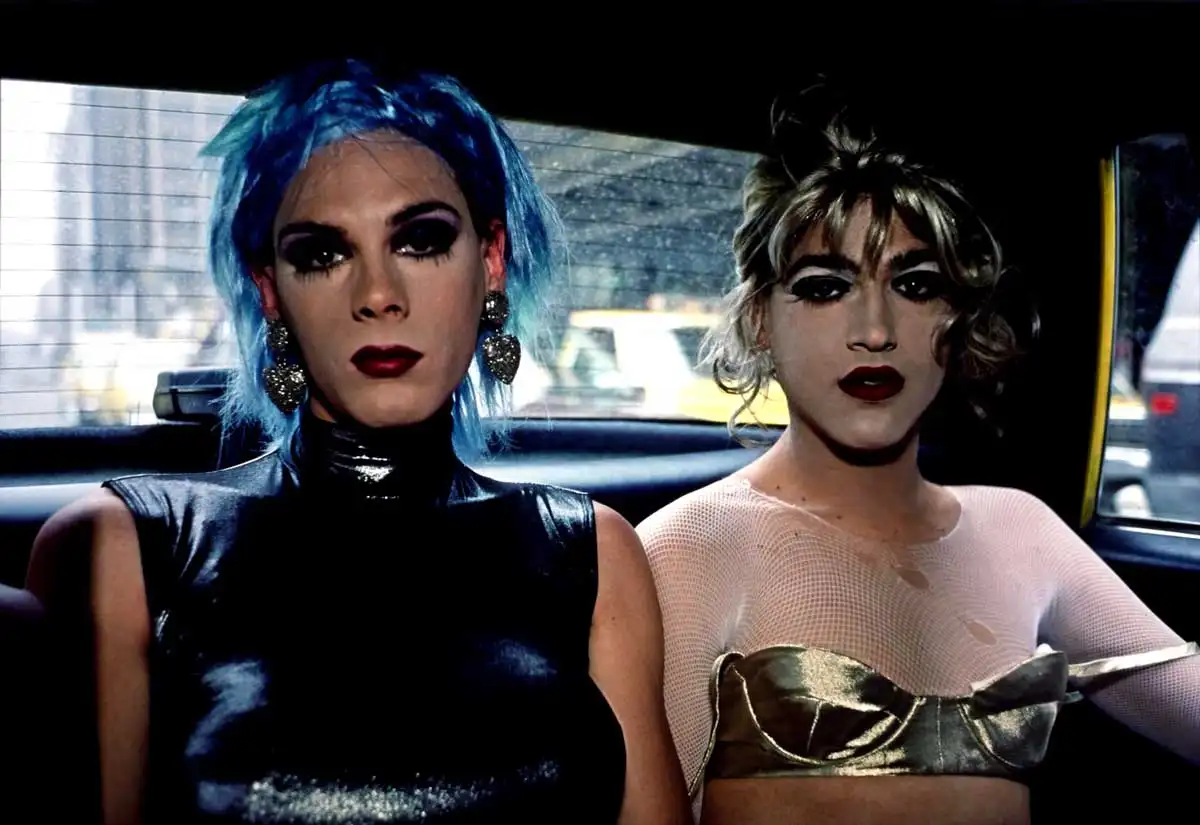
Misty and Jimmy-Paulette in a taxi, NYC, Nan Goldin, 1991
Works Cited
Documentary photography | National Galleries of Scotland. (2024). Nationalgalleries.org https://www.nationalgalleries.org/art-and-artists/glossary-terms/documentary-photography#:~:text=Some%20of%20the%20earliest%20examples,American%20civil%20war%20in%201861.
Photography in the Farm Security Administration Project | Kennedy Center. (2019). The Kennedy Center https://www.kennedy-center.org/education/resources-for-educators/classroom-resources/media-and-interactives/media/literary-arts/john-steinbeck–the-grapes-of-wrath/chapters/photography-in-the-fsa/#:~:text=Roosevelt%27s%20New%20Deal%20rural%20and,way%20of%20documenting%20evidence%20of


